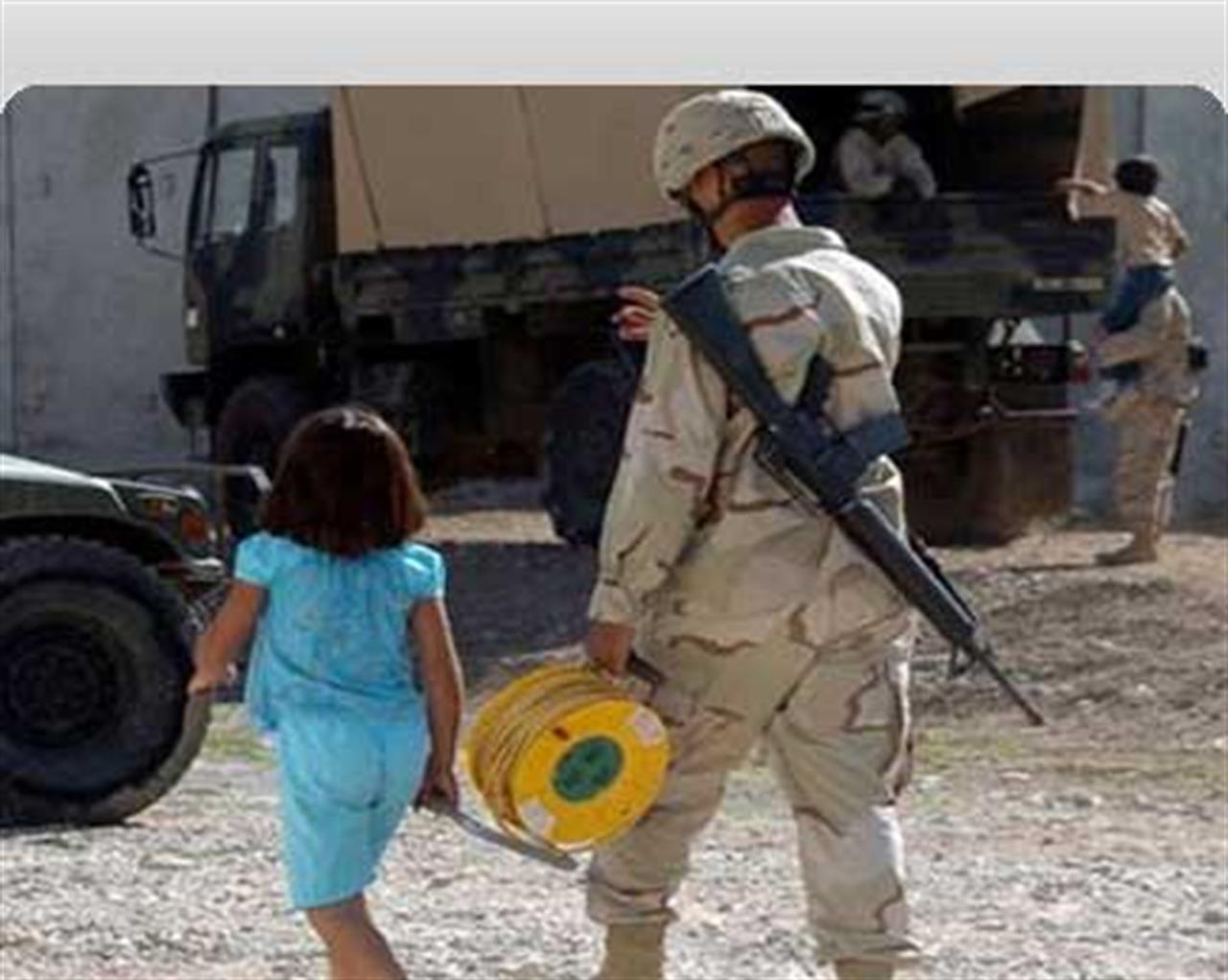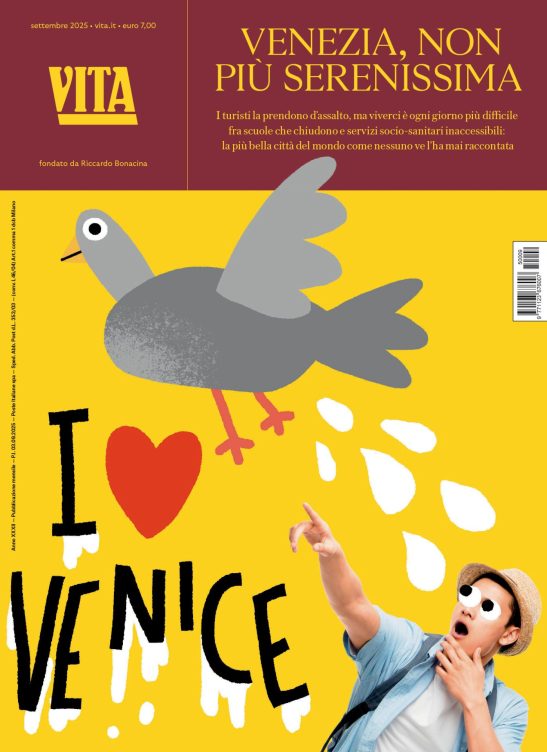Non profit
R2P: “giving a wolf the responsibility to adopt a lamb”?
Responsibility to Protect under scrutiny at the UN
di Ruben Soza

R2P: Responsibility to Protect
Last July 28, the United Nations’ General Assembly wrapped up a debate about the “responsibility to protect”, or R2P in UN-speak.
R2P, which was enshrined in a declaration issued in 2005 by more than 150 world leaders, is the principle that the international community should intervene to protect people from genocide, war crimes, ethnic cleansing and crimes against humanity if their own governments fail to do so.
It was, in part, a belated response to widespread criticism of the United Nations for failing to stop the Rwandan genocide in 1994 and ethnic massacres in Bosnia in the 1990s
The carefully crafted declaration said the responsibility began with the government of the country concerned. If that failed, it foresaw a sliding scale of international action, ranging from advice through mediation to – in a last resort – intervention by force. And such a use of force could only be authorized by the Security Council, meaning the United States, Britain, France, Russia and China would all have to agree.
Is it as good as it sounds?
Critics say R2P does not mean that if a government was committing atrocities against its people, the United Nations would march in and stop it — at least under the peacekeeping rules that have applied in recent decades. These do not authorise U.N. forces to go to war against the national army of a sovereign state – a move that would amount to invasion.
A case in point would be the six-year-old conflict in Sudan’s western region of Darfur – widely branded as genocide – where a joint U.N. and African Union peacekeeping force is only now being slowly deployed with the consent of the Khartoum government.
R2P has been invoked in practice once, and even then it was done retrospectively. This was in the former U.N. secretary-General Kofi Annan’s mission to mediate in post-election violence in Kenya last year.
Further critics of R2P, such as Miguel d’Escoto Brockmann, a Nicaraguan diplomat who is now president of the General Assembly, are adamant that the whole idea is just a cover to legitimise armed interference by rich Western powers in the affairs of poor countries.
In a calculated snub to the idealists who tried to make the R2P idea nuanced and hence palatable, he says a more accurate name for the concept would be the “right to intervene” or R2I.
Indeed views expressed at the Sixty-third General Assembly Plenary regards R2P were not all full of praise. Sudan’s delegate Amanuel Yoanes Ajawin, said that giving the Council the privilege of executing R2P would be tantamount to “giving a wolf the responsibility to adopt a lamb.”
Supporters drew on lessons from past experiences. Rupert Davies from Sierra Leone talked about the terrible war his country had endured for many years, and that it could not have survived without the support of the international community.
Byrganym Aitimova, from Kazakhstan, also spoke in favour of R2P, albeit favouring caution and case by case study. She argued that what R2P stood for was a moral imperative, while stressing her country’s strong support for the concept of “non-indifference”, as well as the motto of “Never Again”, concerning mass atrocities.
Overall caution and preventing double standards came out as being the order of the day. Not too cautious we hope.
Read Vita Europe interview with Mark Lattimer, Director of Minority Rights International.
17 centesimi al giorno sono troppi?
Poco più di un euro a settimana, un caffè al bar o forse meno. 60 euro l’anno per tutti i contenuti di VITA, gli articoli online senza pubblicità, i magazine, le newsletter, i podcast, le infografiche e i libri digitali. Ma soprattutto per aiutarci a raccontare il sociale con sempre maggiore forza e incisività.
